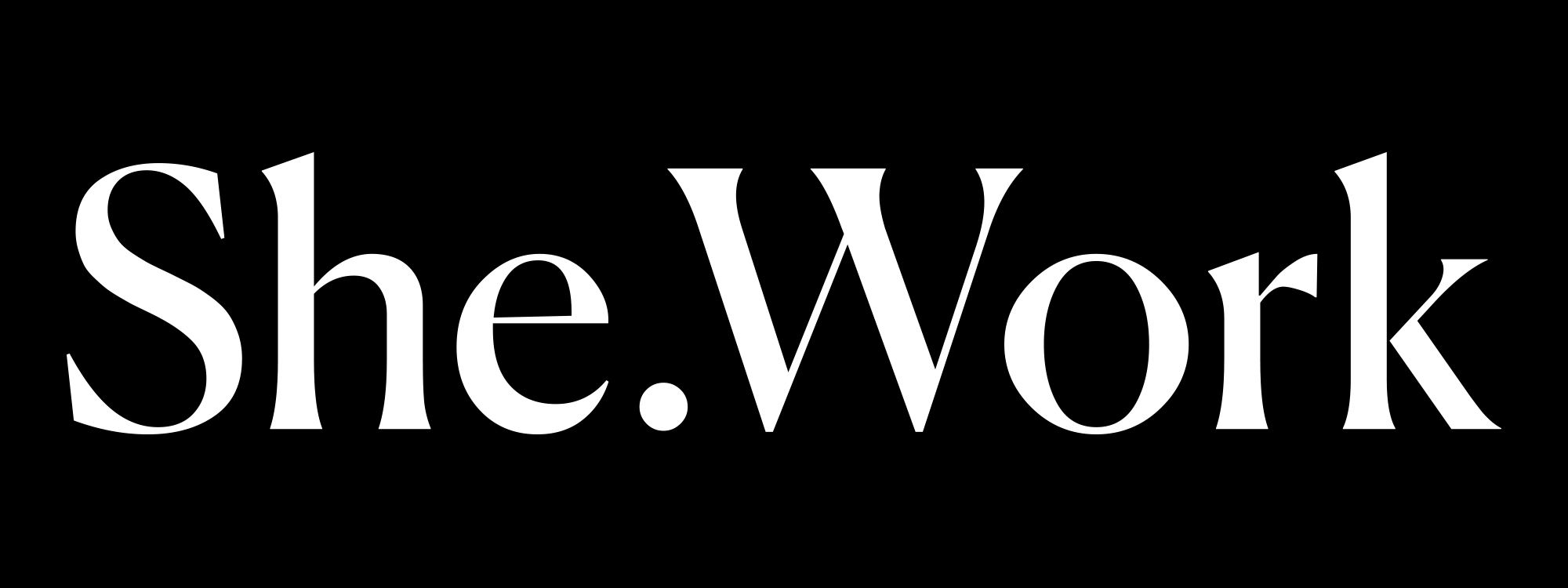Micro-credentials are short-term, specialized certifications that validate an individual’s proficiency in a specific skill or competency. Unlike traditional degrees, they focus on practical, job-relevant knowledge and can be earned quickly through online courses, workshops, or training programs.
As industries evolve and employers seek up-to-date, hands-on skills, micro-credentials offer professionals a way to enhance expertise, transition careers, and stay competitive.
Key Characteristics of Micro-Credentials
- Focused Learning: Targets specific skills like digital marketing, coding, project management, or leadership.
- Short-Term Commitment: Can be completed in weeks or months, rather than years.
- Industry-Relevant: Developed in collaboration with employers to meet current workforce needs.
- Stackable & Flexible: Can be combined with other credentials for broader qualifications.
- Digital & Shareable: Often provided as digital badges or certificates that can be displayed on LinkedIn and resumes.
Why Micro-Credentials Matter
- Boost Career Advancement: Helps professionals gain relevant skills for promotions or career shifts.
- Enhance Employability: Employers value micro-credentials as proof of hands-on expertise.
- Provide Lifelong Learning Opportunities: Allows workers to continually upgrade their skills without long-term degree programs.
- Offer Affordable Education Alternatives: Lower-cost options compared to full degree programs.
- Support Workforce Agility: Enables quick adaptation to industry changes and technological advancements.
Examples of Micro-Credentials in Action
- A marketing professional earns a Google Analytics certification to enhance data-driven decision-making.
- A software developer completes a micro-credential in cybersecurity to expand their technical skill set.
- A teacher acquires an online learning facilitation badge to adapt to virtual classrooms.
- A project manager earns an Agile methodology certification to stay competitive in fast-paced industries.
How to Leverage Micro-Credentials for Career Growth
- Identify Industry Needs: Research in-demand skills relevant to your field.
- Choose Recognized Providers: Opt for micro-credentials from accredited universities, industry leaders, or professional organizations.
- Integrate Into Your Resume & LinkedIn: Showcase certifications to increase professional credibility.
- Apply Skills Immediately: Use new knowledge in real-world projects to solidify learning.
- Continue Stacking Credentials: Combine multiple micro-credentials to build a unique and valuable skill portfolio.
Challenges of Micro-Credentials
- Varying Recognition by Employers: Some industries value them more than others.
- Quality & Credibility Differences: Not all providers offer equally rigorous training.
- Keeping Up with Rapid Skill Changes: Continuous learning is required to maintain relevance.
- Balancing Learning with Work Commitments: Professionals must manage time effectively to complete micro-credentials.
The Future of Micro-Credentials
As companies shift towards skills-based hiring, micro-credentials will become an essential tool for career advancement. They offer a cost-effective, flexible, and practical approach to staying competitive in an evolving workforce.
Micro-credentials aren’t just an educational trend—they’re a powerful way to future-proof your career. By continuously developing specialized skills, professionals can remain adaptable, competitive, and in-demand.
Remember: Your career growth doesn’t have to follow a traditional path—small, strategic steps can lead to big opportunities.
✿ Thank you for reading!
Subscribe to be our bestie, no spam—just good vibes once a month.
✱ If you liked this article, please share it with a friend who could use inspiration.
If you have a topic in mind or a story to share anonymously or with your name, email us at team@she.work





